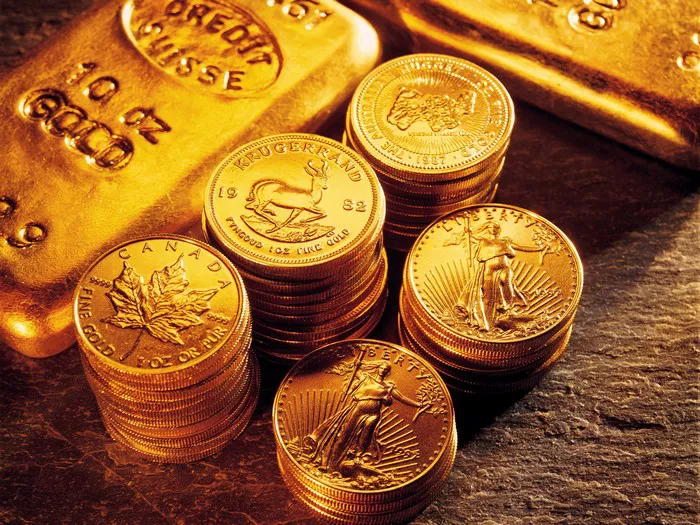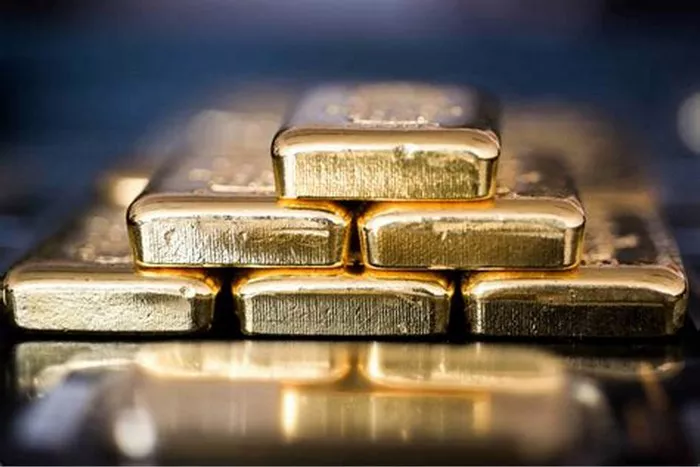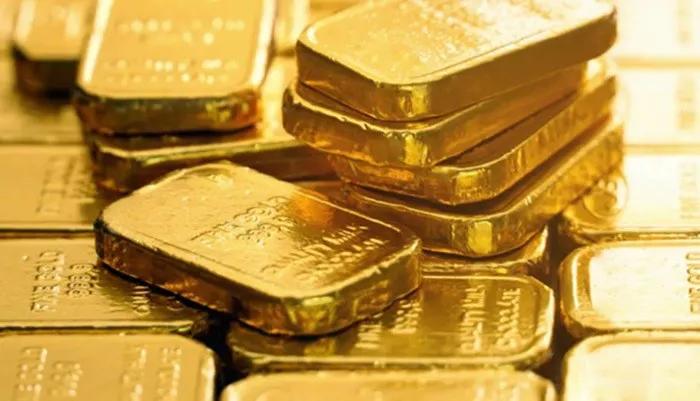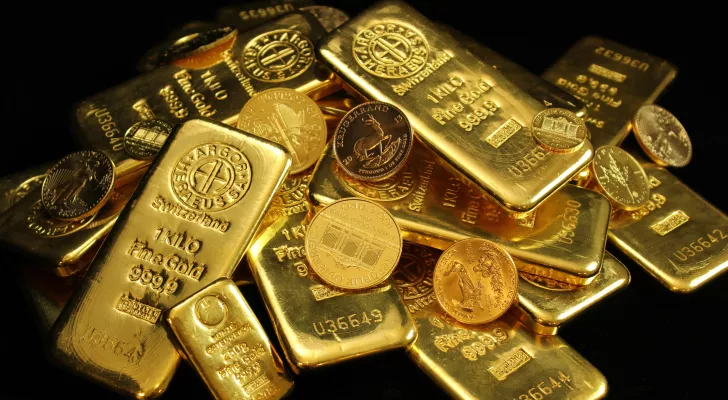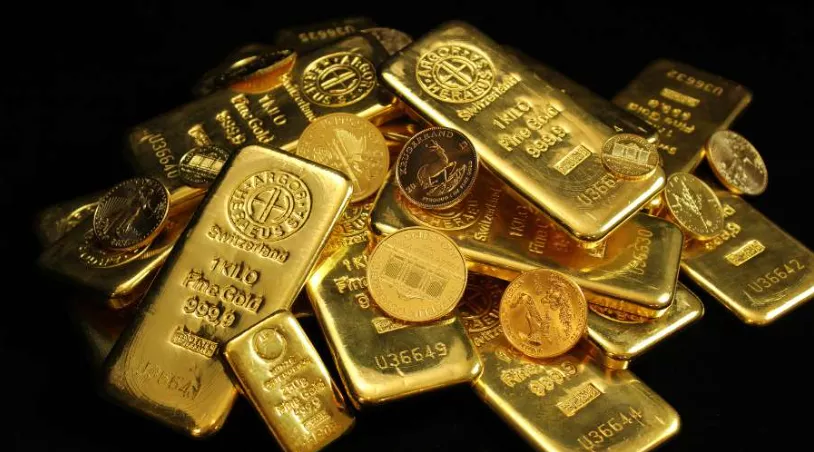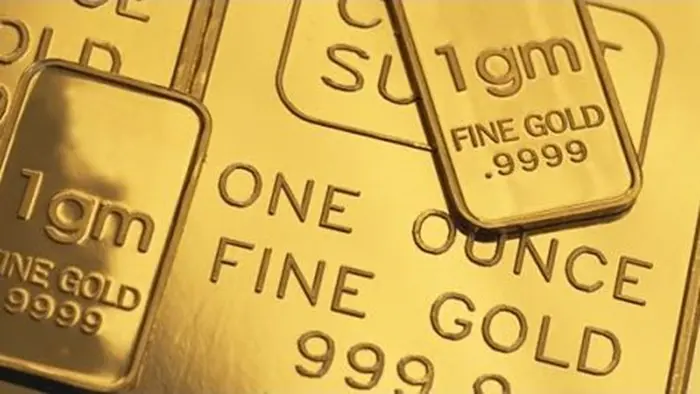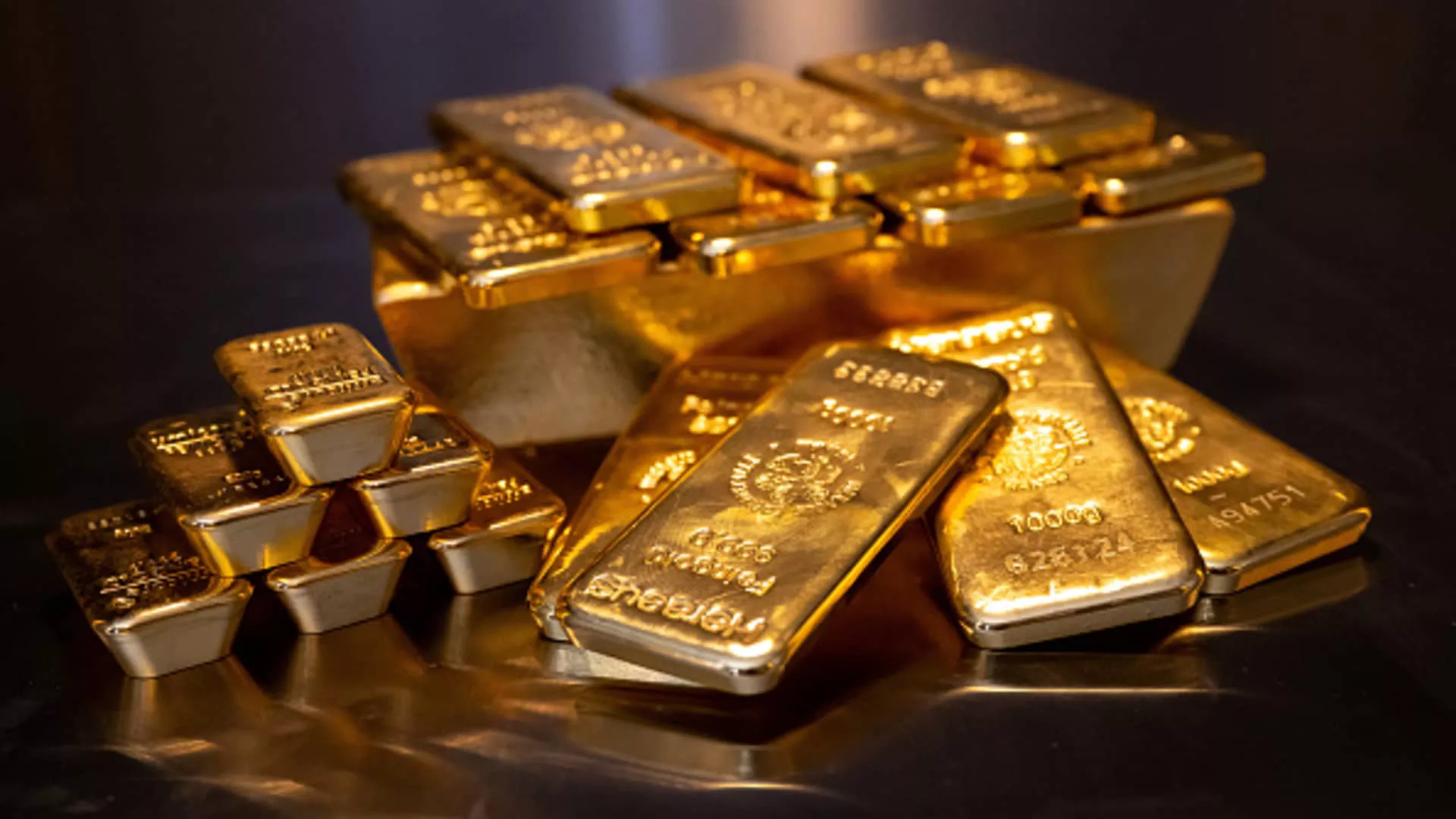Gold has long been considered one of the most stable and valuable commodities in the world. Throughout history, it has been used as money, a store of value, and a hedge against inflation. Today, gold continues to play a significant role in both investment portfolios and the global economy. Many investors and traders are curious about the current price of gold, and how it is determined. One common question is, “How much is gold worth a pound?”
In this article, we will explore how gold is priced, what factors influence its value, and how to calculate the worth of gold by the pound. We will also discuss the differences between the price of gold per ounce, per gram, and per pound, and how you can use this knowledge to make informed investment decisions.
What Determines the Price of Gold?
Before we dive into how much gold is worth per pound, it’s essential to understand the factors that influence the price of gold. Gold is a commodity, and like other commodities, its price is determined by various market forces, including supply and demand, geopolitical events, economic conditions, and investor sentiment.
1. Supply and Demand
The basic economic principle of supply and demand plays a crucial role in determining the price of gold. When the demand for gold rises—whether due to economic instability, inflation fears, or a desire for safe-haven assets—the price tends to increase. On the other hand, when demand falls, the price of gold can decrease.
Gold’s supply is relatively limited, with new gold production coming from mining operations. However, gold is also recycled, and a significant portion of the supply comes from old gold that is melted down and repurposed. Despite this, the total supply of gold is limited, which helps to maintain its value.
2. Geopolitical Events and Economic Conditions
Gold has long been seen as a “safe haven” investment, meaning that investors tend to flock to gold during times of political or economic uncertainty. For example, during times of war, inflation, or financial market turmoil, gold prices often rise as investors seek a stable asset.
Conversely, when the global economy is stable and growing, the demand for gold may decrease as investors seek higher returns in stocks and other riskier assets. Central banks, especially the Federal Reserve in the U.S., also play a role in influencing the price of gold through their monetary policies. For example, when interest rates are low, gold becomes more attractive to investors because it does not generate income like bonds or savings accounts.
3. Currency Fluctuations
Gold is often priced in U.S. dollars, so fluctuations in the value of the dollar can significantly impact the price of gold. When the U.S. dollar weakens, the price of gold tends to rise, as investors turn to gold as an alternative store of value. On the other hand, when the U.S. dollar strengthens, the price of gold may fall.
4. Inflation and Interest Rates
Gold is commonly used as a hedge against inflation. When inflation rises, the value of paper currencies tends to decrease, and investors often turn to gold to preserve their wealth. Additionally, lower interest rates can make gold more attractive because the opportunity cost of holding gold (which does not earn interest) decreases.
See Also: What is the QuantiFERON Gold Test?
Understanding Gold Pricing Units: Ounces, Grams, and Pounds
Gold is commonly traded and priced in various units, including ounces, grams, and pounds. Each of these units provides a different perspective on the value of gold, and it is important to understand the conversions between them to accurately assess the price of gold.
1. Gold Price Per Ounce
The most common unit used for pricing gold is the troy ounce. One troy ounce is equal to approximately 31.1035 grams. The price of gold per ounce is widely available and is often quoted on financial news websites, trading platforms, and in market reports. Gold futures contracts, which allow traders to buy and sell gold at a predetermined price, are also typically priced per ounce.
2. Gold Price Per Gram
Gold can also be priced per gram, and this is often used for smaller quantities of gold. Since there are 31.1035 grams in one troy ounce, the price of gold per gram is simply the price per ounce divided by 31.1035. For example, if gold is priced at $1,800 per ounce, it would be priced at about $57.84 per gram.
3. Gold Price Per Pound
While the troy ounce and gram are the most commonly used units for pricing gold, some people are curious about the price of gold per pound. One troy pound is equivalent to 12 troy ounces, or approximately 373.24 grams. This means that when you calculate the price of gold per pound, you multiply the price per ounce by 12.
Example:
If gold is priced at $1,800 per ounce, the price per troy pound would be:
$1,800 x 12 = $21,600 per pound
This calculation assumes the gold is pure (24 karat). If the gold is in a form such as jewelry, which is often alloyed with other metals, the price would be lower depending on the purity of the gold.
Current Gold Prices: What Is the Price of Gold Per Pound?
The price of gold fluctuates regularly due to market forces. As of recent data (updated periodically based on market trends), the price of gold tends to vary between $1,700 and $2,000 per ounce, but it can go higher during periods of economic or political uncertainty. Using the formula mentioned earlier, you can calculate the price of gold per pound based on the current market price.
For example:
- If gold is priced at $1,900 per ounce, the price per pound would be $1,900 x 12 = $22,800 per pound.
- If gold is priced at $1,750 per ounce, the price per pound would be $1,750 x 12 = $21,000 per pound.
These prices can fluctuate based on the same factors discussed earlier, such as supply and demand, geopolitical conditions, and market sentiment.
How to Buy Gold by the Pound
If you’re interested in buying gold by the pound, there are several options available:
1. Gold Bullion
Gold bullion is one of the most common ways to buy gold in larger quantities. Gold bars and gold coins are available for purchase, and they can be bought in different weights, including those that equate to a pound or more. When purchasing gold bullion, it’s essential to consider factors like the purity of the gold, the current price per ounce, and any premiums associated with the purchase.
2. Gold ETFs (Exchange-Traded Funds)
Gold ETFs are another way to gain exposure to gold. These funds allow you to invest in gold without physically owning the metal. Many gold ETFs track the price of gold, and you can buy shares of these funds through a brokerage account. While you won’t be buying gold by the pound directly, you’ll be investing in a fund that is designed to track the price of gold.
3. Gold Mining Stocks
If you’re not interested in physical gold, another option is to invest in gold mining companies. These stocks can provide exposure to gold prices without the need to buy the physical metal. However, the price of mining stocks may not track the price of gold directly, as these companies are influenced by a variety of factors, including production costs, management performance, and market conditions.
Factors to Consider Before Investing in Gold
Before investing in gold, whether by the pound or in other forms, there are several factors you should consider:
1. Market Volatility
Gold prices can be volatile, and they are often subject to rapid changes due to geopolitical events, economic conditions, and investor sentiment. While gold is generally considered a stable asset, it is not immune to fluctuations.
2. Storage and Insurance
If you are buying physical gold, you will need to consider how you will store and insure it. Gold is a high-value asset, and it is essential to keep it in a secure location, such as a safe deposit box, or to invest in private storage options.
3. Liquidity
Gold is a highly liquid asset, meaning it can be quickly converted to cash in most markets. However, if you are holding physical gold, it might be more difficult to liquidate quickly without selling it at a discount.
4. Purity and Certification
When buying gold, it’s important to ensure that the gold is of high purity (24 karat is pure gold). Additionally, purchasing gold that is certified by reputable institutions can help ensure its authenticity and value.
Conclusion
The value of gold is determined by a variety of factors, including supply and demand, geopolitical events, and economic conditions. Gold is typically priced per ounce, but it can also be priced per gram and per pound. The price of gold per pound can be calculated by multiplying the price per ounce by 12, as there are 12 troy ounces in a troy pound.
Gold continues to be a highly sought-after investment, especially during times of uncertainty. Understanding how much gold is worth per pound and the factors that influence its price can help you make informed decisions when buying or investing in gold. Whether you’re purchasing gold bullion, investing in gold ETFs, or trading gold mining stocks, the key is to stay informed about market trends and to consider the factors that could affect the price of gold over time.
Related topics:

